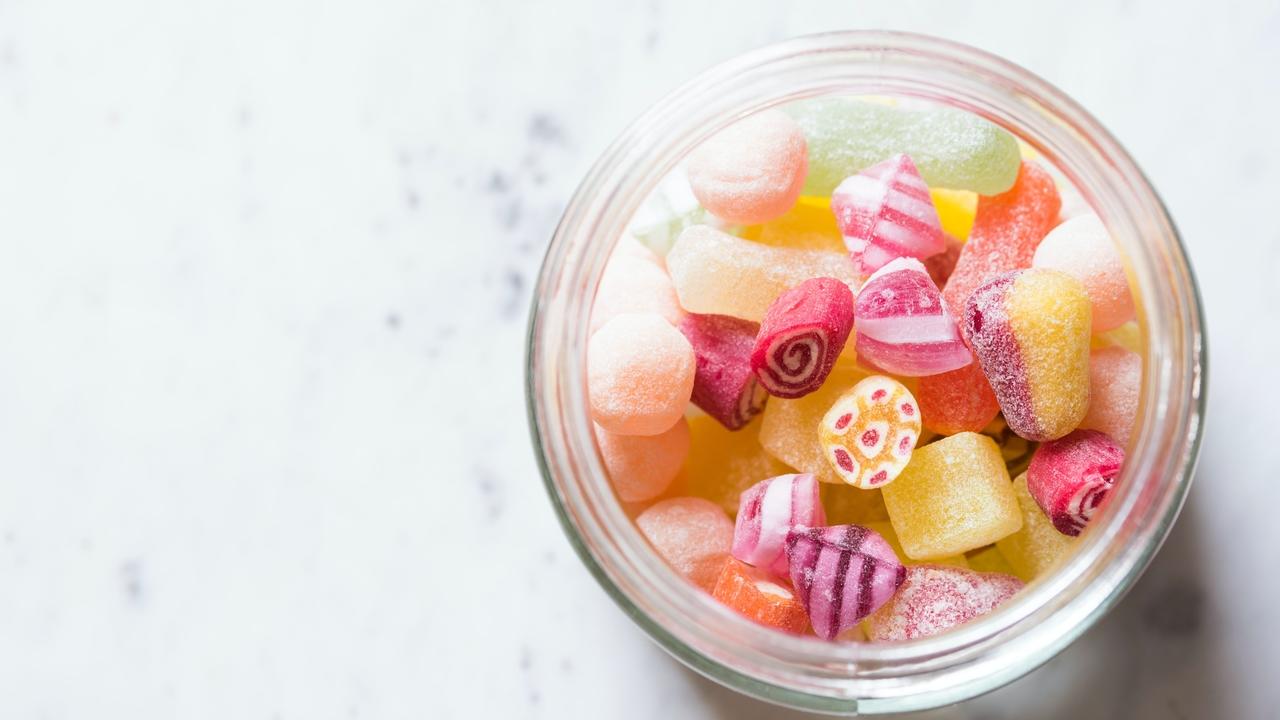Why is it Hard to Break Bad Habits and Easy to Create Them?

How many times have you tried to stop eating sugar? Or start exercising? Or spend less time on your phone? Or read more books? Or save money? Or one of many other actions you label as good for you or more in alignment with who you want to be?
Why is it hard to create one good habit?
And why is quitting a bad habit so difficult?
To stop doing something we know doesn’t serve us should be easy, shouldn’t it?
Those are questions most of us have asked ourselves a time or two. One reason why this topic is so important is because it applies to us all.
When you understand your behavior, it becomes easier to change. There are a few key steps that’ll help you make or break habits, and understanding how a habit works in your brain is the first step.
A habit is something you’ve repeated enough times that it became ingrained in your neural pathways so that you do it without consciously thinking about doing it or how to do it.
The structure of a habit
Which I learned from the books: The Power of Habit and Atomic Habits:
1) There’s a cue, either internal (such as a thought or feeling) or external (such as time or location). It tells the brain to go into habit mode.
2) There’s an action you take in response to the cue (this is your habit).
3) There’s a reward – something your brain likes about what you just did. Sometimes, you’re not even conscious of what that reward is.
The first few times you take the action in response to the cue, it’s a choice, but if done consistently and repeatedly, it becomes something you do automatically. In response to the cue, your brain has a craving, and doing the thing that’s become the habit fulfills the craving. The decision-making part of your brain essentially takes a nap, and the basal ganglion—the part of your brain responsible for emotions and memory, takes over. Scientists call this the Habit Loop.
Your brain really likes to be rewarded and it also likes to conserve energy.
The reason it’s hard to create good habits and easy to create bad habits is all about the reward.
Bad habits usually get you the reward right away, even though there may be long-term consequences. Since there is no delay in gratification or satiation of the craving, it reinforces doing that same thing again and again.
Good habits are often choices you make for longer-term benefits. It takes more convincing to get yourself to do what you need to do, and you’re using your decision-making brain. Generally, you won’t experience the reward until sometime in the future. That’s why good habits are hard to create and easy to stop and bad habits are easy to create and hard to stop.
The ability to wait for delayed gratification is a powerful behavior that tends to have a positive impact on many areas of our lives.
We judge ourselves harshly for our habits, and maybe that’s deserved, because our habits provide evidence of our identity. A study by Duke University revealed that 40% of your day is made up of habits: making coffee, putting on your shoes, picking up your phone to check notifications, brushing your teeth, etc.
So, if you ask yourself how important it actually is…to be in charge of your behavior, just remember that a huge chunk of your day is made up of the consistent behaviors you’ve already done enough times for your brain to essentially take them off your plate. To handle them for you, so you don’t even have to think about it. We are not born with habits; we create them.
However, you don’t have to be at the mercy of behavior that’s automatic. Understanding the habit loop and knowing how to step out of the cycle will help you kick those habits that aren’t serving you or to create new ones that will serve you. It will take more energy making conscious choices at first, but if you’re willing to make the effort, you can set yourself up for success long-term.
Imagine what your life would be like if every day 40% of your time was spent doing things to move you closer to your ideal self and ideal life, and you didn’t even have to think about it. They were just automatic behaviors. No wrestling with yourself. No procrastinating. No “I should” or “I ought to”. Just “I did” and “I will”.
Visit our article on How to change a bad habit or create a good habit.
Know someone who might like this topic or benefit from it? Please share it with them.
written by Amiee Mueller and edited by Gloria Otto
image credit Joanna Kosinka

